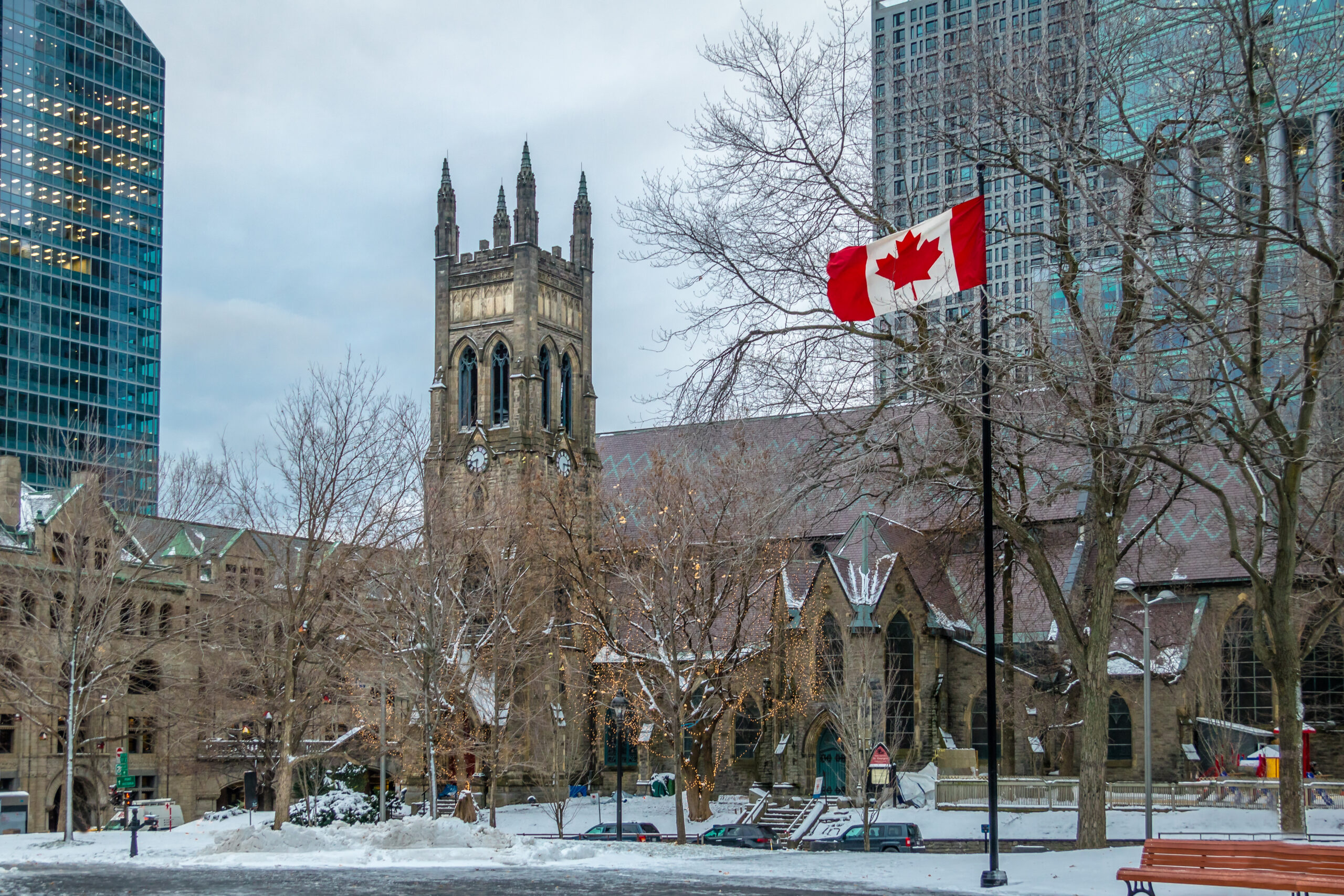Canada’s Religion and Economy: An Overview
Introduction
Canada is known for its rich religious and cultural diversity, with a thriving economy that has been steadily growing over the years. This article explores the connection between religion and the economy in Canada, shedding light on how these two forces interact to influence the country’s growth and development.
Religious Diversity in Canada
Canada’s religious landscape is diverse, representing a wide range of faiths, including Christianity, Islam, Hinduism, Buddhism, Sikhism, and Judaism. Christianity remains the dominant religion, with Roman Catholicism being the largest denomination. However, there has been a noticeable decline in religious affiliation over recent years, with a growing number of Canadians identifying as agnostic or atheist.
Christianity in Canada
Christianity has played a pivotal role in shaping Canada’s history and culture. Roman Catholicism was instrumental in the early colonization of Canada, and Protestantism significantly influenced the development of Canadian society in the 19th and 20th centuries.
Other Religions in Canada
In addition to Christianity, Canada is home to significant populations of followers of Islam, Hinduism, Sikhism, Buddhism, and other religions. These religious communities have grown steadily, with many immigrants bringing their traditions and beliefs to Canada, further enriching the country’s cultural mosaic.
The Impact of Religion on Canada’s Economy
Religion plays a significant role in shaping Canada’s economy, with religious organizations and institutions contributing to its growth and development. Below are a few ways in which religion impacts Canada’s economic landscape:
Charitable Contributions
Religious organizations are among Canada’s largest charitable donors, contributing billions of dollars every year to various causes. These organizations are not only active in charitable giving but also in providing a range of social services, including healthcare, education, and social assistance, all of which positively impact the Canadian economy.
Religious Tourism
Canada’s religious diversity attracts millions of tourists every year. Religious landmarks such as the Notre Dame Basilica in Montreal, the Sainte-Anne-de-Beaupré Shrine, and the Shri Swaminarayan Mandir in Toronto are popular destinations for both domestic and international tourists. These sites generate significant revenue for Canada’s tourism industry and create jobs in related sectors.
Religious Education
Religious schools and universities contribute significantly to the economy by providing high-quality education and employment opportunities. These institutions attract students from around the world, further cementing Canada’s position as a global hub for education. Religious universities and schools also foster a well-educated workforce, which has long-term economic benefits.
The Relationship Between Religion and Economic Growth
The relationship between religion and economic growth in Canada is multifaceted and complex. While some argue that religion contributes to economic growth by promoting a strong work ethic and cultivating social and cultural values that encourage economic development, others believe that religion can sometimes hinder progress. For instance, religious institutions may resist change or innovation, which could delay or limit certain economic advancements.
Despite these potential challenges, religion’s overall contribution to economic growth is significant, particularly through its involvement in charitable activities, educational institutions, and tourism. Moreover, religious values often encourage community building, integrity, and cooperation, all of which are important for a thriving economy.
Three Main Types of Industries in Canada
Canada’s economy is driven by three primary sectors: services, manufacturing, and natural resource industries. Each sector plays a critical role in the country’s overall economic development.
Service Sector
The service sector is the largest employer in Canada, accounting for more than 75% of employment. It encompasses industries such as healthcare, education, banking, tourism, communications, and government services. The growth of the service sector reflects the shift toward a more knowledge-based and technology-driven economy.
Manufacturing Sector
The manufacturing sector produces goods for both domestic consumption and export. This includes products such as paper, high-tech gadgets, aeronautical technology, cars, machinery, apparel, and food. The United States is Canada’s largest trading partner, and manufacturing plays a vital role in Canada’s trade relationships.
Natural Resource Industries
Canada has vast natural resources, and industries such as forestry, fishing, agriculture, mining, and energy contribute significantly to the economy. Historically and currently, these industries have been key to Canada’s economic development. Exports from natural resources, including forestry products, agricultural goods, and energy products, make up a significant portion of the nation’s trade.
Canada’s Trade Relationships and Economic Ties
Canada and the United States share a close economic relationship, being each other’s largest trading partners. More than 75% of Canadian exports go to the U.S., making this one of the world’s largest bilateral trade relationships. The integration of supply chains between the two countries strengthens both economies, with products ranging from consumer goods and industrial machinery to agricultural and energy commodities.
Trade with the U.S. supports millions of jobs and generates billions of dollars in revenue. The longest undefended border in the world also facilitates the free flow of people, goods, and services, helping both countries maintain a robust economic partnership.
